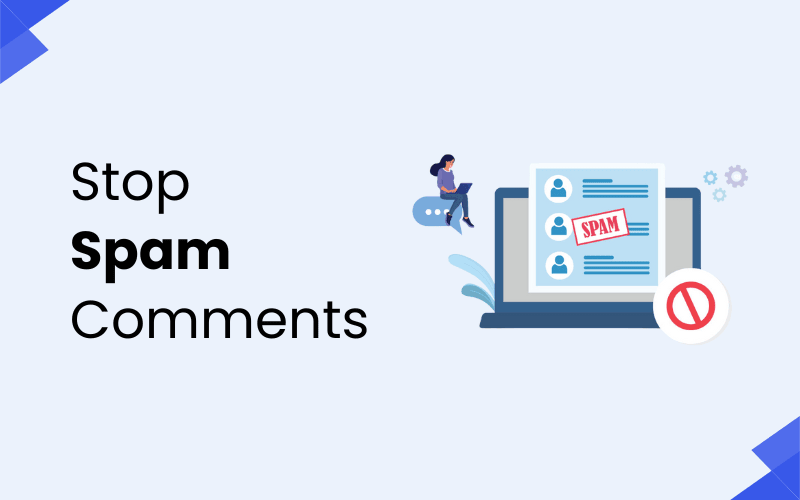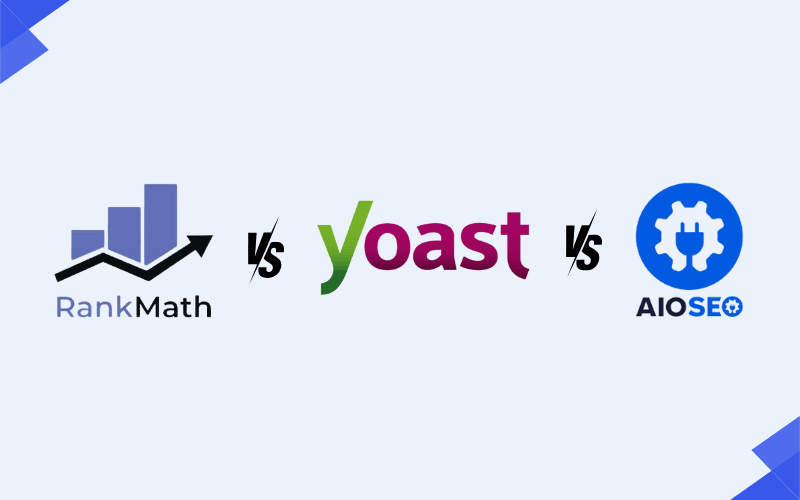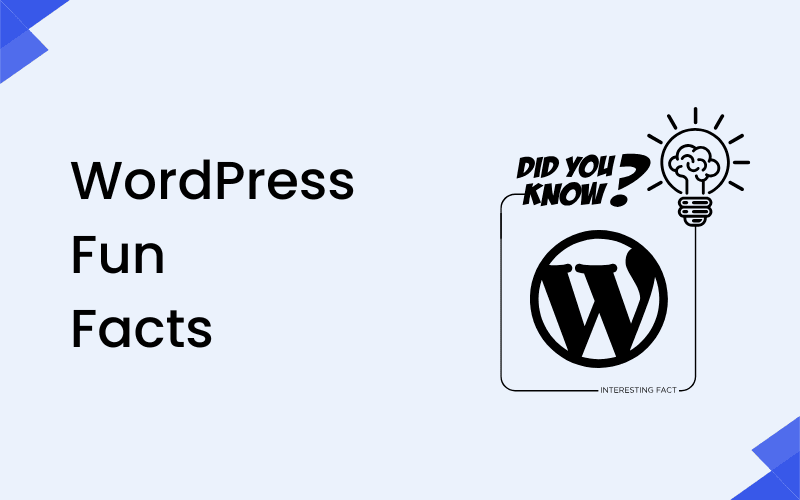
Starting a WordPress blog is one of the best ways to share your ideas, experiences, and expertise with the world. But did you know that you can also monetize your blog and turn it into a source of income? Whether you’re a seasoned blogger or just starting, there are multiple ways to make money online with a WordPress blog. In this article, we will explore some of the most effective methods to monetize your blog, so you can transform your passion into a profitable venture.
Why WordPress is a Great Platform for Blogging
WordPress is the most popular content management system (CMS) in the world, and for good reason. It’s user-friendly, highly customizable, and equipped with all the tools you need to build a professional-looking website. When it comes to monetization, WordPress makes it incredibly easy to integrate various income-generating strategies.
1. Affiliate Marketing
Affiliate marketing is one of the most popular ways to make money online, and WordPress blogs are perfect for promoting affiliate products. Essentially, affiliate marketing involves promoting products or services through special links, and you earn a commission for each sale made through your referral link.
How It Works
- Choose a Niche: Select a niche that aligns with your blog content and target audience. For example, if you run a fitness blog, you could promote fitness-related products, such as workout gear, supplements, or fitness courses.
- Join Affiliate Programs: Sign up for affiliate programs like Amazon Associates, ShareASale, or Commission Junction to gain access to a wide range of products and services you can promote.
- Integrate Affiliate Links: Place affiliate links in your blog posts, reviews, or banners. Ensure that your affiliate promotions provide value to your readers and are relevant to the content.
Tips for Success
- Create Quality Content: Provide honest and in-depth reviews, tutorials, or blog posts that highlight how the affiliate products solve problems for your readers.
- Disclose Affiliate Links: It’s important to be transparent with your readers about your affiliate partnerships. Add a disclaimer or a “Disclosure” notice to ensure you’re complying with advertising standards.
2. Advertising (Display Ads)
Once your WordPress blog starts getting traffic, you can monetize it with display ads. Display ads can be placed in the form of banners, videos, or pop-ups on your site. You earn money based on impressions (views) or clicks.
How It Works
- Join Ad Networks: Popular ad networks like Google AdSense, Mediavine, and AdThrive allow you to display ads on your WordPress site. Each network has its own set of requirements, but once approved, you can start running ads on your blog.
- Ad Placement: These networks provide you with code snippets to embed ads on various parts of your site. You can place them within blog posts, in the sidebar, or in the footer.
- Earn Revenue: Depending on the network, you can earn money per click (CPC) or per thousand impressions (CPM). The more traffic you have, the more money you’ll make.
Tips for Success
- Focus on Traffic: The key to success with display ads is high-quality traffic. Make sure you’re driving targeted visitors to your blog through organic search, social media, or paid traffic.
- Ad Optimization: Experiment with different ad placements to maximize your revenue. Use tools like Ad Inserter to automate ad placement.
3. Sponsored Posts
Sponsored posts are a great way to make money by collaborating with brands. Companies will pay you to write posts that feature their products or services in a way that benefits both the brand and your readers.
How It Works
- Build Your Authority: Brands are more likely to work with you if you have a solid readership and influence in your niche. Focus on building high-quality content and engaging with your audience.
- Reach Out to Brands: Once you have a following, reach out to companies that fit your blog’s niche and pitch your sponsored post ideas. Alternatively, you can sign up with platforms like IZEA or BlogDash to connect with potential sponsors.
- Write Sponsored Content: When writing sponsored posts, ensure the content is valuable and relevant to your audience. Clearly disclose that the post is sponsored, so your readers are aware.
Tips for Success
- Maintain Authenticity: Don’t promote products or services that don’t align with your values or audience’s interests. Sponsored posts should provide real value to your readers.
- Set Fair Rates: Charge a fair price for sponsored posts based on your audience size, domain authority, and engagement levels.
4. Sell Your Own Products or Services
If you have a product or service to sell, your WordPress blog can serve as a platform to market and sell directly to your audience. You can sell physical products, digital goods, or offer online services such as coaching or consulting.
How It Works
- Choose Your Product/Service: Decide what you want to sell. For example, you can sell eBooks, online courses, stock photos, design templates, merchandise, or even offer coaching or consulting services.
- Set Up an Online Store: Use WordPress plugins like WooCommerce to set up an online store on your site. WooCommerce makes it easy to sell products, manage inventory, and handle payments securely.
- Promote Your Products: Integrate calls-to-action (CTAs) throughout your content to encourage readers to purchase your products. Use email marketing, social media, and content marketing to boost sales.
Tips for Success
- Create a High-Converting Sales Page: Your product pages should be clear, persuasive, and optimized for conversions. Use testimonials, detailed product descriptions, and attractive images.
- Leverage Email Marketing: Build an email list and send out promotional emails to drive traffic to your product pages.
5. Offer Memberships or Subscriptions
If you have a dedicated audience who values your content, consider offering premium content through a membership or subscription model. This can provide a recurring income stream, as members pay a monthly or annual fee to access exclusive content.
How It Works
- Choose a Membership Model: You can offer members access to premium blog posts, courses, videos, or downloadable resources. You can also create a community forum or offer personalized coaching.
- Set Up Membership Plugins: Plugins like MemberPress or Restrict Content Pro allow you to set up a membership site on WordPress. These plugins let you create different membership tiers with varying levels of access.
- Promote Your Membership Program: Create compelling content that convinces your readers to subscribe to your membership program. Offer limited-time discounts or free trials to encourage sign-ups.
Tips for Success
- Provide Continuous Value: To retain subscribers, consistently provide new and valuable content. This will keep your members engaged and reduce churn.
- Offer Free and Paid Options: Offering a mix of free and paid content can attract new users who might eventually convert to paid memberships.
6. Sell Ad Space Directly
If you have a well-established blog with substantial traffic, you can sell ad space directly to advertisers, bypassing ad networks like Google AdSense. This approach gives you more control over the ads displayed on your site and potentially higher earnings.
How It Works
- Create an Advertise Page: Design a dedicated page where businesses can learn about advertising opportunities on your blog. Include your site’s traffic stats, demographics, and pricing.
- Reach Out to Advertisers: Contact companies directly within your niche and offer them ad space on your site.
- Negotiate Pricing: Set your rates based on the visibility and value you can provide to advertisers. Consider charging per month or per ad placement.
Tips for Success
- Target Niche Brands: Focus on brands that are relevant to your audience. This will increase the chances of finding advertisers and generating higher engagement.
- Offer Multiple Ad Formats: Provide advertisers with different options for ad placement, such as banner ads, in-content ads, or sponsored posts.
7. Online Courses and Ebooks
If you have expertise in a specific field, one of the most lucrative ways to make money with your WordPress blog is by creating and selling online courses or eBooks. This model allows you to leverage your knowledge and provide value to your readers.
How It Works
- Choose a Topic: Select a topic you’re knowledgeable about and that your audience will find valuable. This could be anything from marketing tips to photography tutorials.
- Create the Course or Ebook: Use tools like Teachable or Thinkific to create and sell online courses, or use WordPress plugins like Easy Digital Downloads to sell eBooks.
- Promote and Sell: Create a sales funnel that includes promotional blog posts, social media marketing, and email campaigns to generate interest and sales.
Tips for Success
- Create High-Quality Content: Make sure your course or eBook is comprehensive, valuable, and well-structured. It should solve a specific problem or teach something actionable.
- Offer Free Samples: Offer free previews or sample chapters to entice potential buyers.
Conclusion
Monetizing your WordPress blog offers a world of opportunities. Whether you prefer passive income methods like affiliate marketing or direct selling, or more interactive methods like membership sites or online courses, there are numerous ways to make money online with your WordPress blog. The key is to provide consistent value to your audience, build trust, and experiment with different monetization methods to find what works best for you. As your blog grows, so will your opportunities to turn it into a sustainable online business.
FAQs for “Ways to Make Money Online With Your WordPress Blog”
1. How long does it take to start making money with a WordPress blog?
The time it takes to start making money with your WordPress blog depends on various factors, including your niche, traffic, and monetization method. Typically, it can take anywhere from 3 to 6 months to start seeing a steady income, especially if you are building traffic organically. Consistency, valuable content, and promotion play significant roles in speeding up this process.
2. Can I make money with a new WordPress blog?
Yes, it is possible to make money with a new WordPress blog. However, you will need to focus on building traffic and providing value to your readers before monetizing effectively. Starting with strategies like affiliate marketing, display ads, or offering services can yield early results. Patience and persistence are key.
3. Do I need a large audience to make money with my WordPress blog?
While a large audience can certainly help increase your earning potential, it’s not the only factor. Even blogs with a smaller, highly engaged audience can make money through methods like sponsored posts, selling digital products, or offering services. Focus on building a niche audience and providing them with value.
4. What is affiliate marketing, and how can I use it to make money?
Affiliate marketing is when you promote products or services through unique referral links, earning a commission when your readers make a purchase. To succeed with affiliate marketing on your WordPress blog, choose products that are relevant to your audience, create high-quality content around those products, and use effective calls to action.
5. How can I increase traffic to my WordPress blog to make more money?
Increasing traffic to your WordPress blog requires a combination of strategies:
- SEO Optimization: Improve your on-page and off-page SEO to rank higher in search engines.
- Content Marketing: Consistently publish valuable, engaging, and informative content.
- Social Media Marketing: Share your blog posts on platforms like Instagram, Facebook, and Pinterest.
- Email Marketing: Build an email list and send regular newsletters with valuable content and promotions.
6. Are there any upfront costs for monetizing my WordPress blog?
Monetizing your WordPress blog typically has low upfront costs. Most monetization methods like affiliate marketing, display ads, or selling digital products require minimal investment. However, if you plan to run a professional blog with a premium theme, advanced plugins, or marketing tools, you might incur some costs in the beginning.
7. How can I sell my own products or services on my WordPress blog?
To sell products or services on your WordPress blog, you can use plugins like WooCommerce for physical or digital products, or integrate service booking systems like Bookly for services. Create compelling product pages, optimize your sales process, and use marketing strategies like email campaigns, discounts, and promotions to boost sales.
8. Can I monetize my blog with sponsored posts?
Yes, once your blog has gained a solid following, you can monetize it through sponsored posts. Companies will pay you to write posts featuring their products or services. To attract sponsors, focus on building authority in your niche, creating high-quality content, and establishing a loyal readership. Platforms like IZEA and BlogDash can also connect you with potential sponsors.
9. What is a membership site, and how does it work on a WordPress blog?
A membership site is where you offer exclusive content to subscribers who pay for access. You can create different membership levels, provide premium articles, videos, or resources, and charge a recurring fee for continued access. Plugins like MemberPress and Restrict Content Pro help you set up and manage membership sites on WordPress.
10. Do I need to be an expert in a specific field to sell online courses on my blog?
While having expertise in a particular field is beneficial, you don’t necessarily need to be an expert to create and sell online courses. You should, however, have a deep understanding of the subject matter you’re teaching and be able to explain concepts clearly and concisely. Focus on creating high-quality courses that solve problems or teach valuable skills to your audience.
11. How do I get started with selling ads directly on my WordPress blog?
To sell ads directly on your WordPress blog, you need to attract advertisers by showcasing your site’s traffic, engagement, and audience demographics. You can create an “Advertise with Us” page on your site, where potential advertisers can learn about pricing and ad placement options. Tools like AdRotate can help manage direct ad sales and placements.
12. Can I combine multiple monetization methods on my WordPress blog?
Yes, combining multiple monetization methods can maximize your revenue potential. For example, you can run display ads while promoting affiliate products or offering a premium membership. Just be mindful of the user experience—don’t overwhelm your visitors with too many ads or offers. Test different methods to find what works best for your audience and content.
13. How can I track the success of my monetization efforts?
You can track the success of your monetization efforts using tools like Google Analytics and specific plugins for affiliate marketing or ad networks. Google Analytics will help you monitor traffic, user behavior, and conversion rates, while affiliate platforms often provide detailed reporting on sales, clicks, and commissions. Monitoring these metrics will help you optimize your monetization strategies.




